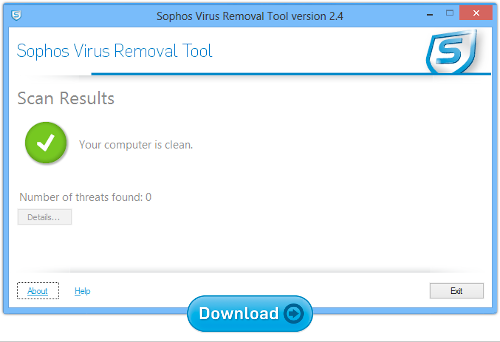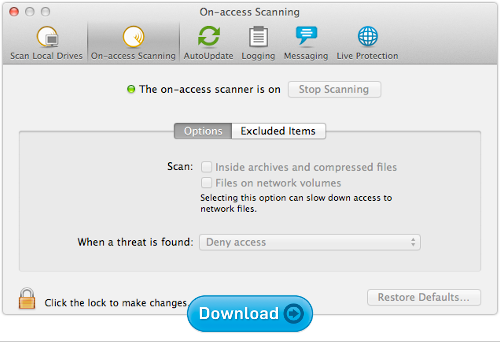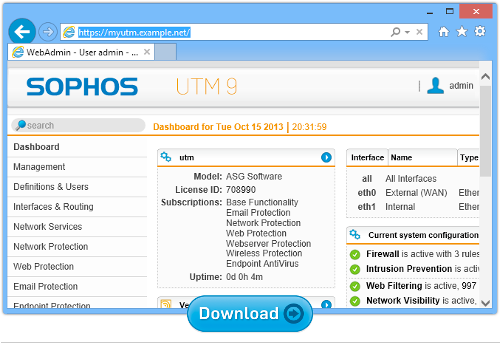ID Experts Rolls Out New Version Of RADAR
PORTLAND, Ore. — October 9, 2013 — Lost laptops and internal snafus happen. If they involve personal information of customers, employees or others–as they often do–organizations must act in accordance with Federal regulations and state data breach laws. Now that the HIPAA Omnibus Final Rule is in effect, healthcare organizations and their third parties are required to perform a risk assessment for every privacy and security incident that involves sensitive personal information.
The rise of data breaches in healthcare, combined with the highly scrutinized, regulatory environment, has forced the emergence of a new category: data incident management software. Organizations are turning to ID Experts’ software, RADAR, to document and simplify the entire data incident management process. RADAR is a leader in this space, with customer adoption up 242% in one year. RADAR 3.0 takes the “guess work” out of compliance, by performing incident-specific risk assessments and offering incident response guidance.
RADAR Meets Compliance with Changing Laws; Takes “Guess Work” Out of Risk Assessments
According to Gartner Inc., “A prerequisite to managing the regulatory risks and compliance costs is that the compliance manager must know which regulations apply in the first place. Yet, with new regulations and changes to current regulations proliferating rapidly, compliance professionals may question whether they are up-to-date on which regulations apply to their organizations.” [1]
“RADAR’s incident risk assessment engine provides consistency in how we evaluate all PHI incidents, as well as helps us to comply with the HIPAA Final Rule,” said Meredith R. Phillips, chief information privacy and security officer, Henry Ford Health System. “RADAR is an important part of our incident management program and it tracks any changes in federal and state breach laws, so that we can focus on protecting our patients and ensure compliance.”
RADARtrade 3.0 is for covered entities and insurance companies to better manage privacy and security incidents involving protected health information (PHI) and personally identifiable information (PII). RADAR provides incident risk assessment and response guidance to drive decision-making consistency that informs when an incident is a breach and what actions need to be taken. RADAR allows users to meet regulatory requirements imposed by the federal HIPAA Omnibus Final Rule and state data breach laws. More information about RADAR is available at http://www2.idexpertscorp.com/RADAR. RADAR 3.0 helps organizations and covered entities to:
Meet federal and state incident risk assessment and reporting requirements for data breaches.
Create consistency and efficiency during data incident risk assessment and documentation.
Stay organized by maintaining incident investigation, risk assessment, remediation and notification documentation in one secure location.
Track and report privacy program performance metrics including investigation and remediation measures.
Collaborate across the organization during incident assessment and allow decision-making based on users’ roles and responsibilities.
“Unlike general-purpose workflow and documentation software, such as case management and GRC systems that provide forms and regulatory libraries but no incident risk assessment analytics, RADAR delivers patent pending incident risk assessment to guide organizations through the decision-making process, to determine if an unauthorized disclosure of PHI/PII is a data breach and if action is required,” said Mahmood Sher-Jan, vice president, product management, at ID Experts. “RADAR handles all data incidents in a consistent way, taking the subjective element out.”
Best Practices Checklist for Covered Entities
Healthcare organizations must comply with the requirements outlined in the HIPPA Omnibus Final Rule. To help navigate, ID Experts developed a “playbook,” a free resource that offers best practices and guidance to manage business associates. For a free copy, visit http://www2.idexpertscorp.com/resources/BestPracticesChecklists/hipaa-final-omnibus-rule-playbook/.
About ID Experts
ID Experts delivers complete data breach care. The company’s solutions in data breach prevention, analysis and response are endorsed by the American Hospital Association, meet regulatory compliance and achieve the most positive outcomes for its customers. ID Experts is a leading advocate for privacy as a contributor to legislation, a corporate and active member in both the IAPP and HIMSS, a corporate member of HCCA and chairs the ANSI Identity Management Standards Panel PHI Project. For more information, join the LinkedIn All Things HITECH discussion at bit.ly/AllThingsHITECH or All Things Data Breach at http://linkd.in/TsbwgJ; follow ID Experts on Twitter @IDExperts; and visit http://www2.idexpertscorp.com/.
Article source: http://www.darkreading.com/privacy/id-experts-rolls-out-new-version-of-rada/240162729
 Users of the photo-sharing app Snapchat should not have any assumptions that their images are not being shared with law enforcement.
Users of the photo-sharing app Snapchat should not have any assumptions that their images are not being shared with law enforcement. Savvy users can take screenshots of their devices when the image is displayed but apps such as Snaphack Pro circumvent the auto-destruction of previously viewed photos and allows users to post images directly to social media sites.
Savvy users can take screenshots of their devices when the image is displayed but apps such as Snaphack Pro circumvent the auto-destruction of previously viewed photos and allows users to post images directly to social media sites. Regular readers of Naked Security will know that we aren’t terribly prone to commercialism.
Regular readers of Naked Security will know that we aren’t terribly prone to commercialism.



 Lavabit, formerly the encrypted-email provider for NSA secret-leaker Edward Snowden, has reopened for a brief window of time to let its users get at their data.
Lavabit, formerly the encrypted-email provider for NSA secret-leaker Edward Snowden, has reopened for a brief window of time to let its users get at their data. October is
October is